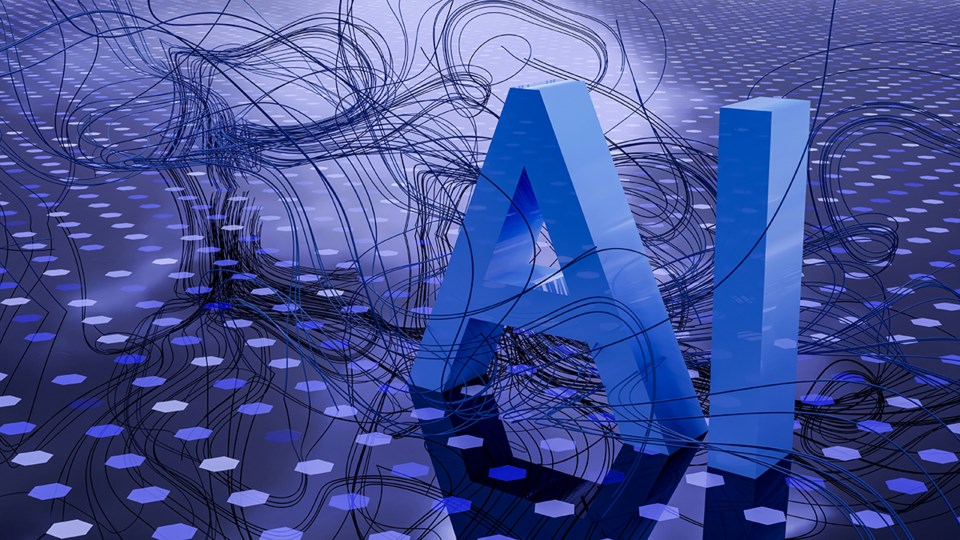Canadian society is progressing deeper into the digital age. Artificial intelligence (AI) technologies — like the generative AI ChatGPT and the legal platform Harvey — are , including in the adjudication of intricate cases.
Like other areas of the world, Canada is not immune to these shifting intersections of AI technology and their impacts on the administration of justice.
2024 marks the first full year of implementing for the Federal Court. As it stands today, not a single Chief Justice in Canada has firmly said “no” to the use of AI in the courts.
The merely lightly salted the AI policy statement with a commitment that more “public consultation” was needed — without describing what that meant.
A delicate dance
Rather than prevent the use of AI — as was the recent case in — the Federal Court has embarked on a delicate dance. The focus has been on minimizing the known risks of “automated decision-making” in the judiciary, while embracing the potential for business efficiencies. These include translating of court text, performing of legal research and administrative tasks, addressing case management issues, assisting self-represented litigants and supporting alternative resolutions.
Under the , this is the equivalent of .
As , a snarling question is raised from the shadows of the Federal Court’s judicial closet: is it even the court’s role to decide such a critical matter, or should this be left with the parliamentary branches of government?
Guiding AI use
The Federal Court AI policy states the intent is “to guide by members of the Court and their law clerks.”
But it then provides: “the Court will begin investigating and piloting potential uses of AI for internal administrative purposes through its Technology Committee.”
There is no “” use — AI is actually 小蓝视频 , albeit not yet in formal adjudications. And the Chief Justice has derogated their own supervisory functions to a non-elected committee, thereby circumnavigating parliament’s role in legislation development for significant court changes to judicial operations.
This is not a matter to be left to committees or under the sole direction of a single Chief Justice not elected by the Canadian public.
While the policy authors state that they are merely investigating the potential uses of AI, the federal court also bluntly admits that AI “can save time and reduce workload for judges and Court staff, just as it can for lawyers.”
In fairness, the court also “acknowledges the potential for AI to impact adversely on judicial independence.” And that there may be “risk that public confidence in the administration of justice might be undermined by some uses of AI.”
But the court does not say how it plans to ensure checks and balances are implemented and enforced, such as the use of ChatGPT itself.
Eliminating reviews
Another federal initiative was launched during COVID-19 by the . In that situation, TBOC sought to ensure “responsible” deployment of automated decision-making to minimize risks to clients, federal institutions and Canadian society. This raised among legal scholars about in administrative decision-making, including when machines .
Improperly adopted, AI could erode the role of Canadian judges and limit the function of courts in judicial review, although some .
The Federal Court has said that it “will consult the relevant stakeholders before implementing [AI].” But when the federal government is a stakeholder, there is a serious question about the executive branch’s influence on the judicial branch’s operational policies.
Lack of research on the impacts in courts
The Federal Court AI policy suggests an alarming possibility for machine-learning bias within a poorly structured policy that favours potential efficiencies over inherent risks. It also ignores the probability for legal diversity erasure and popular culture bias, such as the removal of and traditions in favour of and processes.
This raises further questions about how the Federal Court policy will address issues of progressive machine learning over time and the physical and psychological relationships between judges, court staff, lawyers and machines. Relations which could eventually pave the way for the removal of human judges from our courts.
While the intersections of AI and broader legal contexts are woefully understudied, it is the legal profession’s duty to ensure we are governed and heard by those humans we entrust our freedoms to, not the machines others make. Business efficiency has nothing to do with the true role of our courts — upholding the rule of law and constitutional protections.![]()
, Associate Lecturer, School of Humanitarian Studies, ; , PhD Candidate, Indigenous governance, , and , Associate Professor, Interdisciplinary Studies,
This article is republished from under a Creative Commons license. Read the .
The commentaries offered on 小蓝视频 are intended to provide thought-provoking material for our readers. The opinions expressed are those of the authors. Contributors' articles or letters do not necessarily reflect the opinion of any 小蓝视频 staff.




